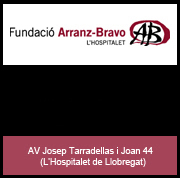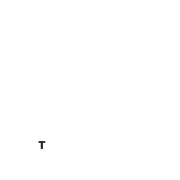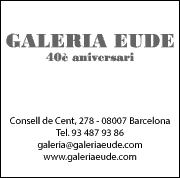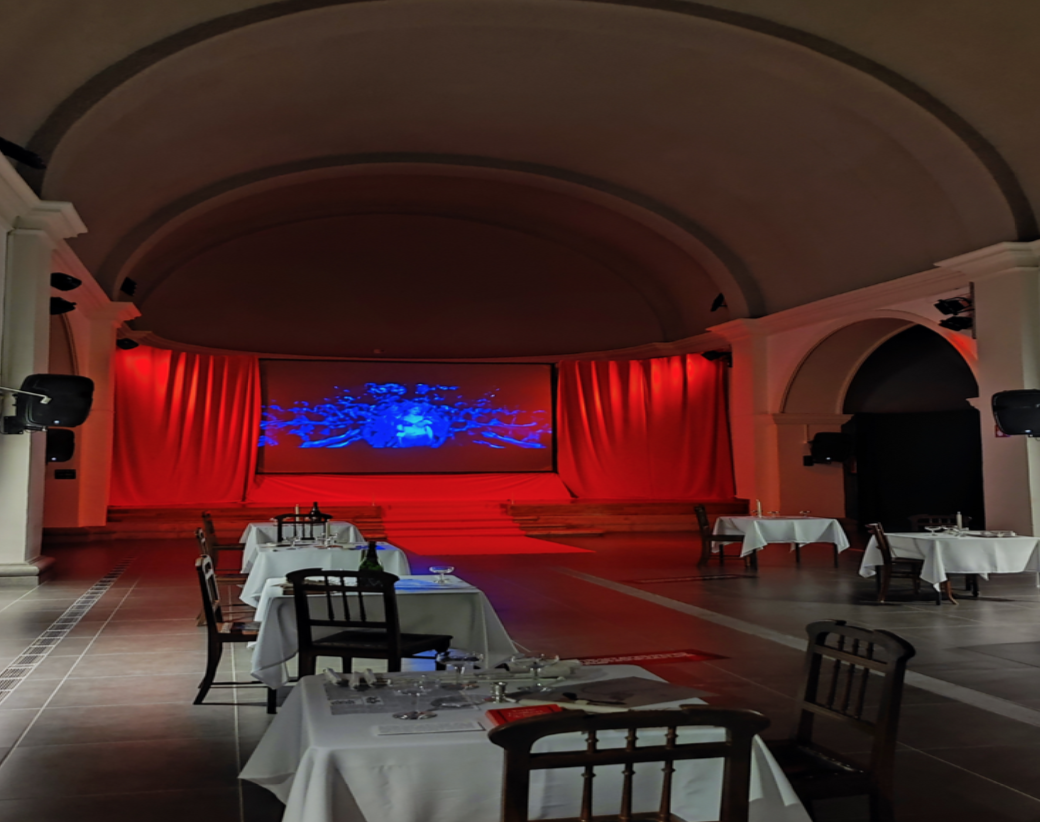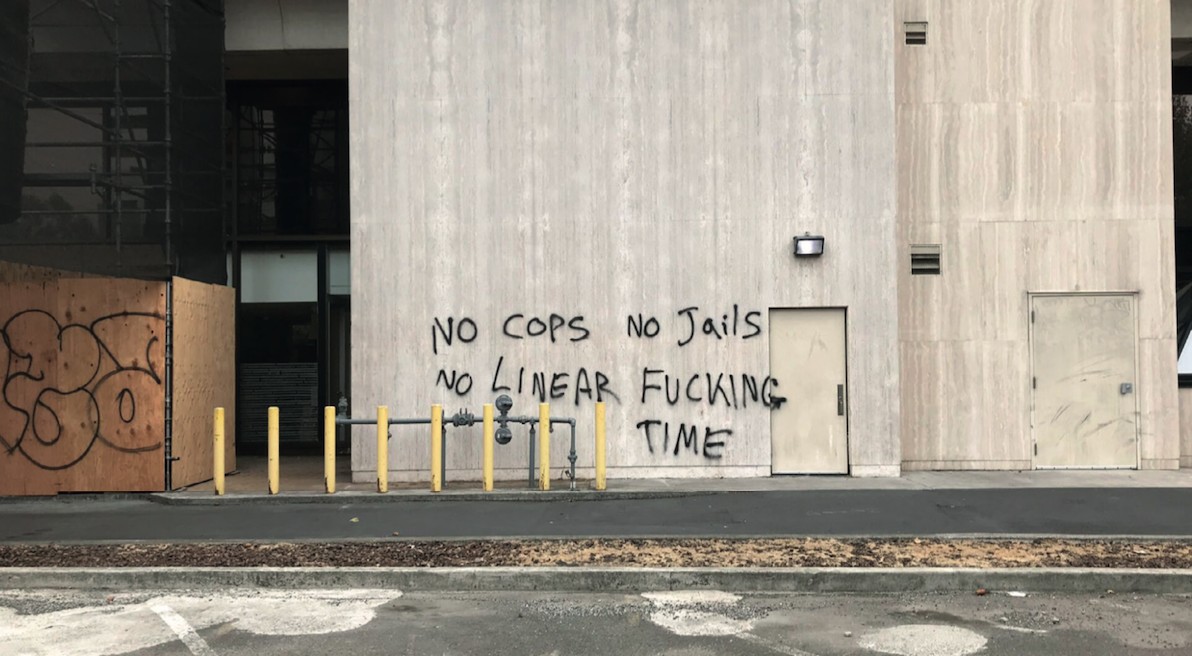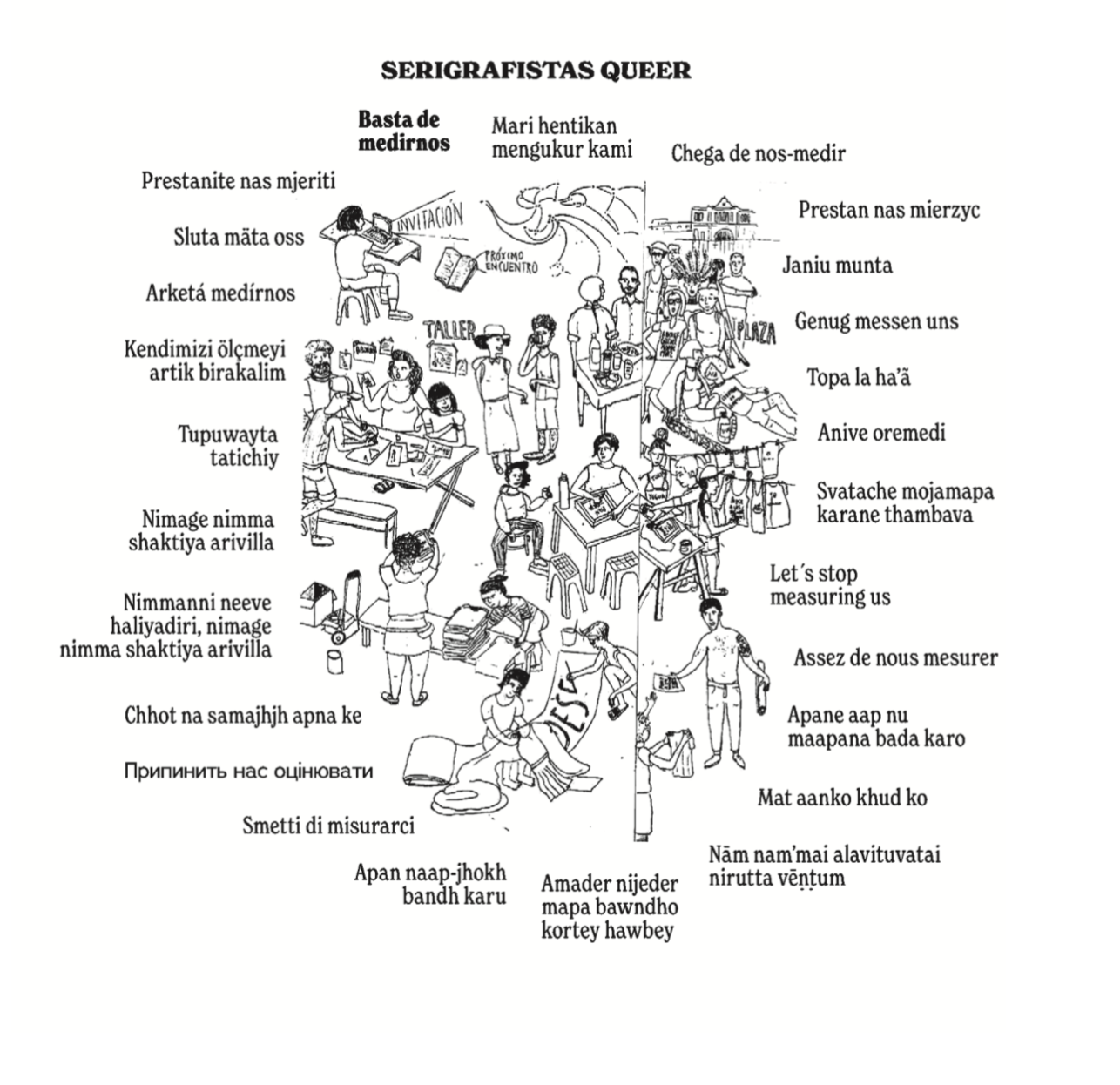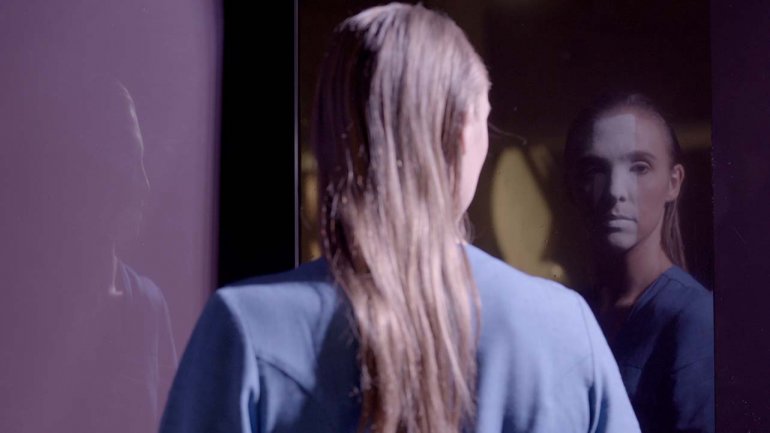Exhibitions
"Other possible worlds" by Javier Puértolas at the Cânem gallery
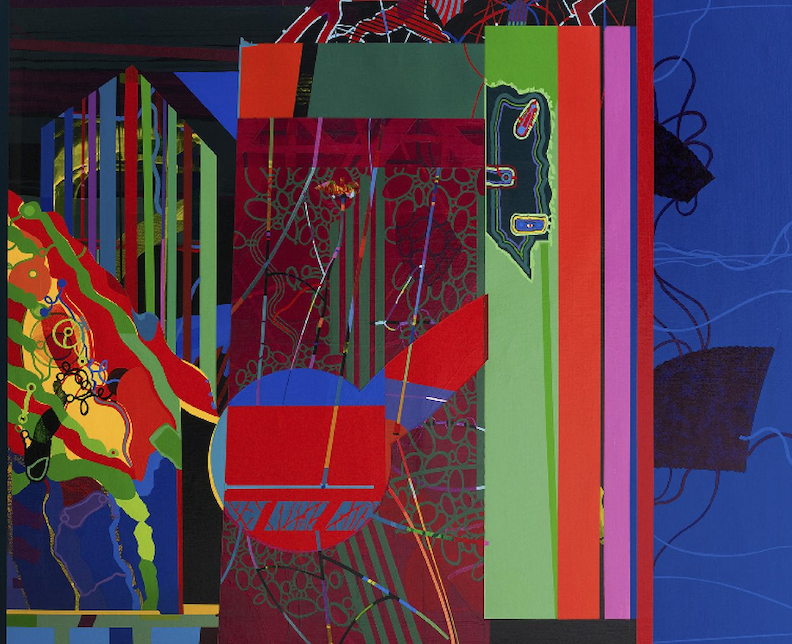
The Cânem gallery presents from September 24 to November 26 the exhibition Other possible worlds by Javier Puértolas. The exhibition wants to show one of the artistic concerns of the artist Javier Puértolas since in 2002 he started the series Uninterrupted. From that moment, he begins a reflection on the artificial world that surrounds us.
Loops, filaments, stripes, phosphorescence, bursts, projections, spirals, mutations, openings, overlaps... a multiplicity of effects and resources are developed in these paintings, with surprising generosity. We witness with Puértolas an exuberant outpouring of colors and formal structures. From such a flow seems to arise an inner tension between chaos and compositional order, which will have to be resolved, or not. Puértolas uses a curious strategy: faced with the saturation of visibility that characterizes our contemporary society, he tries a response that combines both resistance and empathy. This is why his works present this degree of complexity and dispersion, in the best sense of the term: understood as an acceptance and a desire to explore the dimensions of the current visual experience and the different ways of assuming it and translate it. A few years ago, the painting of Javier Puértolas reached the formulation of a particular language that places him at the center of the current pictorial debate. His is a proposal that raises first-order questions about the condition of the image and the role of painting in the 21st century. It is inserted into the knot of a series of aesthetic problems but, beyond the detection and definition of these, it carries out an intimate pictorial practice with a lyrical scope that gives it its own meaning. Puértolas is located in the genealogy of an abstraction that we could call labyrinthine. There is a plastic tradition linked to the aesthetics of the fragment.
It should be noted that this is a line that is not well marked in the Catalan context. Enric Planasdurà, pioneer of geometric abstraction in the fifties or Joan Vilacasas from Sabadell, creator of the Planimetries, who introduced and hybridized the urban metaphor with informalist language, could be the precursors. But it is perhaps in the Spanish context a little more recently, where we would find artists who raise dilemmas closer to those of Puértolas. One of them is Luis Gordillo, who has formally and meaningfully deconstructed the image and contaminated abstraction with pop imagery. In Gordillo, however, we find an irony and a postmodern eclecticism that Puértolas does without, perhaps because for him an emotional look at the world is still possible. Puértolas is not disenchanted: it is important to emphasize that. Some deeper affinities could indeed be traced between Puértolas and Juan Uslé. In both there is an awareness of the artificiality of plastic language and the idea of style, but at the same time there is a persistent poetic will.


